Farewell Queen Elizabeth II: A lifetime of duty and love
As we mourn the death of Queen Elizabeth II - the longest-serving monarch in British history - we reflect on her legacy and what we, her subjects, taught her about putting on a brave face


As we mourn the death of Queen Elizabeth II - the longest-serving monarch in British history - we reflect on her legacy and what we, her subjects, taught her about putting on a brave face
Additional words by Jadie Troy-Pryde
Update: Buckingham Palace announced the sad news that HRH The Queen has sadly passed away at Balmoral, aged 96. Thursday 8th September 2022.
Had the Queen remained in control of matters, her life would have turned out very differently to the one she lived. Granted, as the princess niece of the King, she would still have been a member of the royal family and moved within the upper echelons of society. But she would also have lived a quiet, anonymous life in a rural setting surrounded by animals. In short, she wouldn’t have been Queen.
Instead, the abdication of her uncle, Edward VIII, in 1936 forced her father to take the throne and, in doing so, placed her first in the line of succession. On hearing the news that she was to live at Buckingham Palace, the princess, then only ten, was reportedly horrified, exclaiming: ‘What? You mean forever?’
‘I am sure it’s not a life she wanted,’ her childhood friend Sonia Berry told The Telegraph in 2006, in an interview to mark the monarch’s 80th birthday. ‘I think she would have been happier married and living in the country with her dogs and horses.’
However, when Princess Elizabeth Windsor was crowned Queen Elizabeth II on 2 June 1953, she agreed to put duty before personal happiness. And that she did, for 70 years. In doing so, became the longest serving monarch in British history.
Marie Claire Newsletter
Celebrity news, beauty, fashion advice, and fascinating features, delivered straight to your inbox!
Rule Britannia
But how will history remember her? By the time she ascended the throne, the monarch was nothing more than a figurehead role; the political clout enjoyed by her centuries-previous predecessors, including Henry VIII, phased out by constitutional law.
What she could contribute, however, was hope. Post-war Britain still needed to heal – food rationing didn’t end until the year after the Coronation – and the 25-year-old Queen and her handsome, blond-haired husband signalled the start of a new era of prosperity. ‘The coronation was like a phoenix time,’ commented her sister, Princess Margaret, in a rare interview. ‘Everything was being raised from the ashes … and nothing to stop anything getting better and better.’
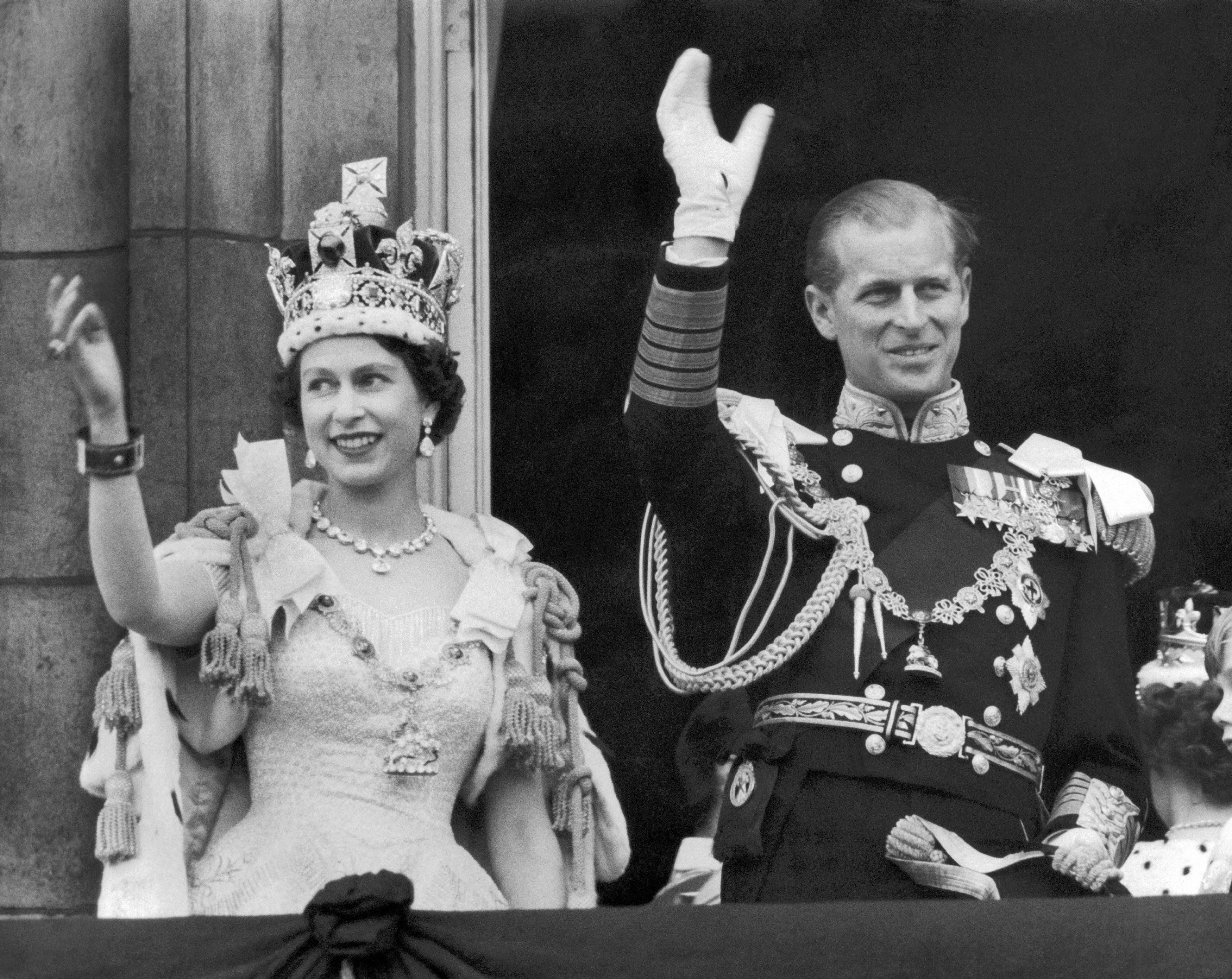
Her secret strength
However, for the royal couple, it caused bitter disruption. Together with their their two eldest children, Charles and Anne, they were forced to move from Clarence House – a royal residence in London that Philip had personally redecorated for his growing family – to the draughty corridors of Buckingham Palace.
They had married on 20 November 1947 at Westminster Abbey, after first meeting when she was 13 and he was 18. There had been resistance to their relationship due to Philip being foreign-born, even though he was a royal prince of Greece and Denmark, and was educated in Britain. There was also concern he might have a predilection for being unfaithful (there were reports throughout their marriage linking him to other women).
After the coronation, Philip was forced to take the deferential backseat that royal protocol demanded of the Queen’s consort. When asked by royal biographer Gyles Brandreth if he’d had any idea what to expect, Prince Philip said, ‘No. There were plenty of people telling me what not to do. “You mustn’t interfere with this”; “Keep out.” I had to try to support the Queen as best I could without getting in the way.’ Some years later, she described him as ‘her strength and stay’.
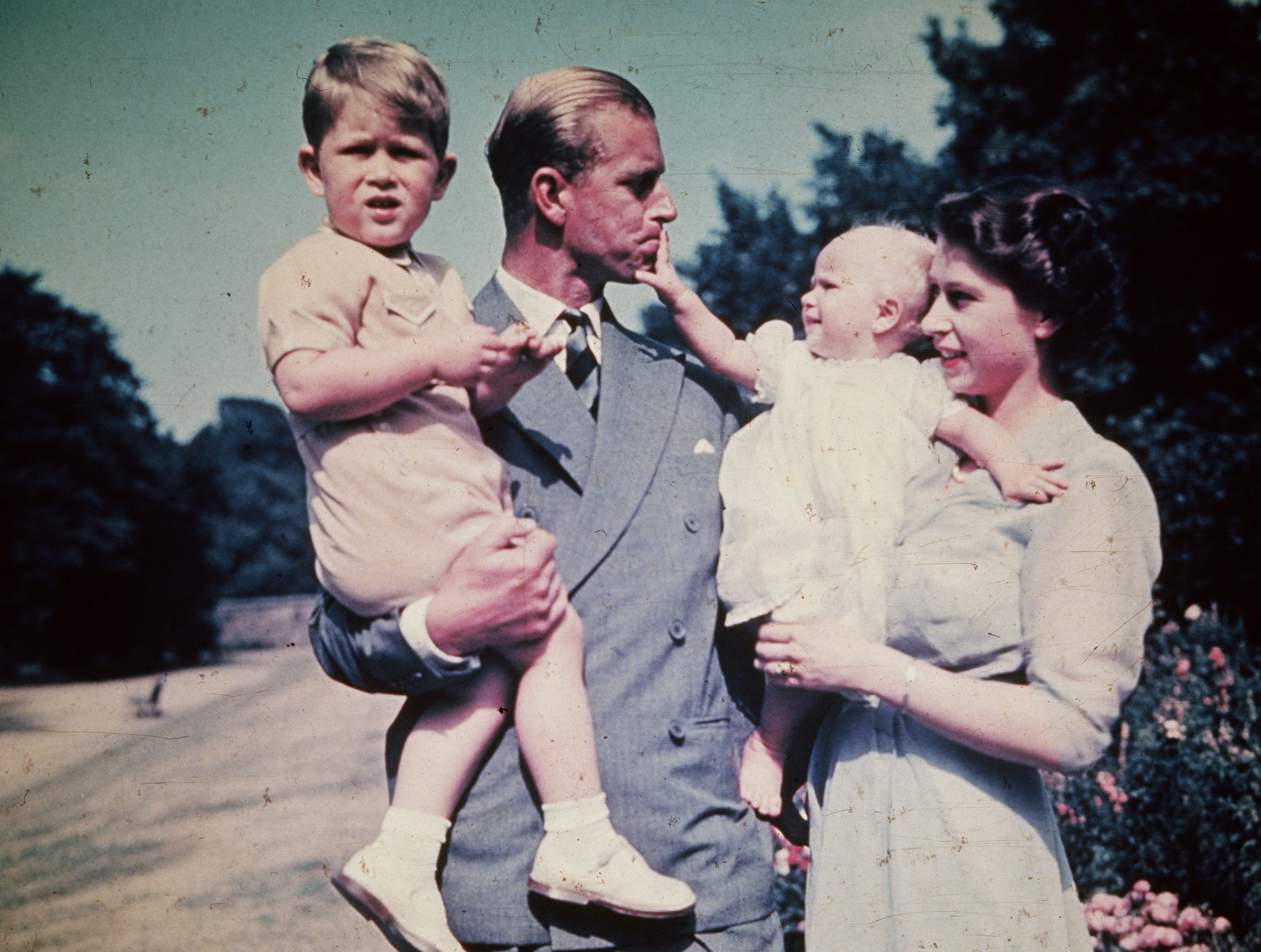
A great regret
Philip was the person who brought out her fun side. Elizabeth loved practical jokes and on a royal tour of Canada found it hysterical when he chased her down a train corridor wearing a pair of enormous false teeth. Yet the public seldom saw that playful side.
As Queen, she was solemn and guarded and her reluctance to let down that guard gave the impression she was aloof and uncaring. Indeed, it would be the aspect of her character most criticised during her reign, because it put her at odds with a public that, over the years, had learned to loosen its stiff upper lip and openly express emotion.
Her one regret as monarch was how she handled the devastating coal-tip collapse at Aberfan in October 1966, in which 116 schoolchildren were among a total of 144 people killed. As depicted in The Crown, while the nation reeled from the tragedy, the Queen, then 40, did nothing in the immediate aftermath bar release a statement of sympathy. It was only when she was criticised for not attending the scene after other royal members, including Prince Philip and Princess Margaret’s husband Lord Snowdon, had travelled to Wales, that she finally went.
‘It was a mistake [not to go sooner] and one she regrets,’ her senior advisor, Lord Charteris, remarked years later. ‘The scale of the tragedy called for an immediate response, but she is not a spontaneous person and she is not given to emotional gestures.’
Tears on her pillow
That became evident again in August 1997, when Diana, Princess of Wales, was killed in a car accident in Paris. The outpouring of grief for the ‘People’s Princess’ was unprecedented but the Queen stayed put in Balmoral, where she had been holidaying with Prince Philip and other family members, including Diana’s former husband, Prince Charles, and their sons William and Harry.
The Queen’s priority had been the boys’ welfare, but calls for her to comfort a shocked and grieving nation quickly reached a crescendo and she was forced to return to London and make a public address from Buckingham Palace, which according to multiple reports at the time made her deeply uneasy.
‘The Queen viewed Diana’s death as a private tragedy for William and Harry,’ said Brandreth. ‘Her instinct and upbringing had taught her – and her generation – that you kept your tears for your pillow.’

Quite the performer
In later years we did see more emotion from her: she openly cried leaving her sister Margaret’s funeral in 2002; wiped away tears at a Remembrance Sunday service in 2019; and was often seen laughing raucously at events in the company of younger members of the royal family, including newcomer to the fold, Meghan Markle.
We even saw her show her wry side in the Bond scene she filmed with Daniel Craig for the 2012 opening ceremony of the London Olympics, and the ‘mic drop’ skit with Prince Harry that taunted Michelle and Barack Obama ahead of the US Invictus Games in 2016.
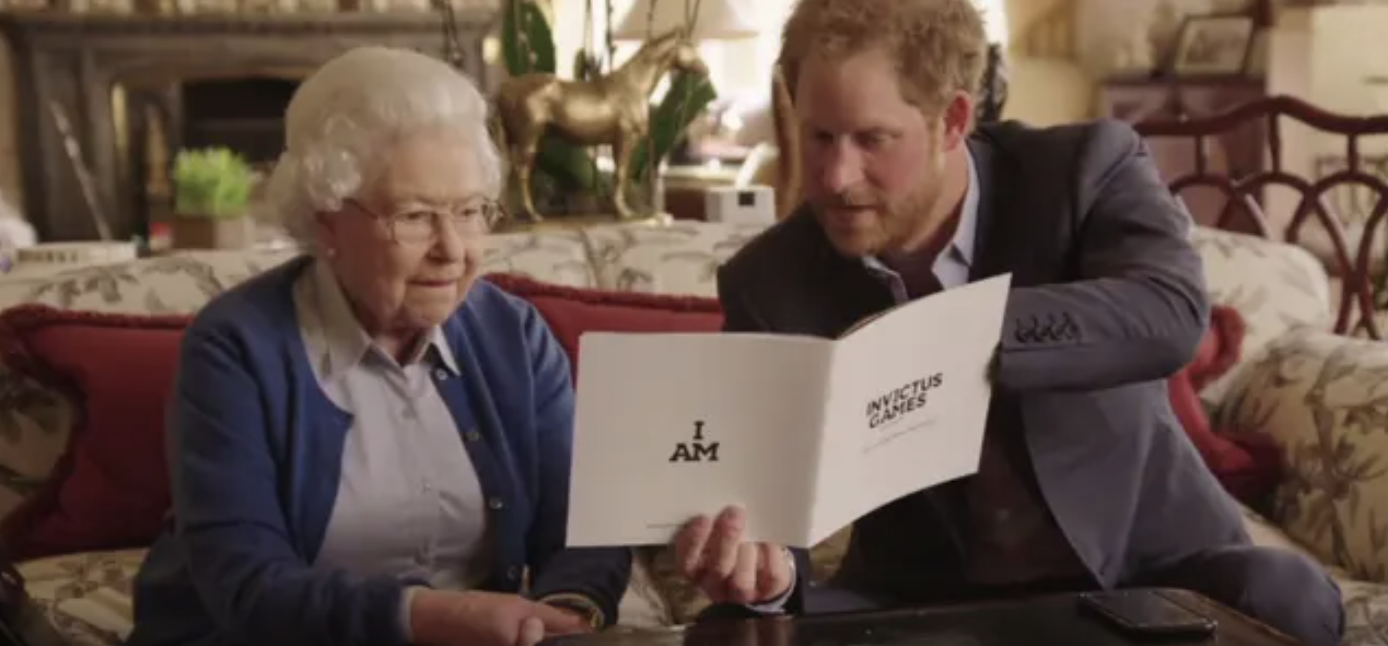
The Queen seemed to draw strength from the popularity of the younger generation of royals, which must have been a welcome relief after her ‘annus horribilis’ period in the 90s when her three eldest children Charles, Anne and Andrew went through very public divorces, and their brother Edward then heaped further embarrassment on the family when he cajoled them against their better judgements to compete in a royal version of a once popular TV show It’s A Knockout.
Latterly, she had to contend with Andrew becoming embroiled in the Jeffrey Epstein sex-trafficking scandal, which caused a rift between him and the new King, Charles, that shows no signs of repair.
’Til death do us part
As she entered her eighties and then nineties, it was often speculated that the Queen might abdicate the throne to allow Charles to take over sooner. But those who knew her well knew she would never relinquish the crown. It might not have been the life she saw for herself, but she felt it was her duty to continue in the role until her death.
‘The vows she made on her coronation are ones she wants to fulfil to the nth degree,’ her cousin Margaret Rhodes proclaimed in 2016, when talk of an abdication surfaced again.
Of course, what the Queen will ultimately be remembered for is her impressive work ethic. While monarch for Britain and the Commonwealth, she carried out approximately 20,000 engagements during her reign, always resplendent in a bright colour so her diminutive 5ft 3ins frame easily stood out in a crowd. She will be a formidable act to follow.
Michelle Davies is a freelance journalist and has written several Life Stories from Mary Quant to Tina Turner for British Marie Claire (amongst other features). Davies is an accomplished author with one crime novel under her belt and has also written for titles such as Essentials, YOU and Stylist. Her last staff job before going freelance was as Editor-at-Large at Grazia and she was previously Features Editor at heat. She began her career straight from school at 18, working as a trainee reporter on her home-town newspaper, the Bucks Free Press.
-
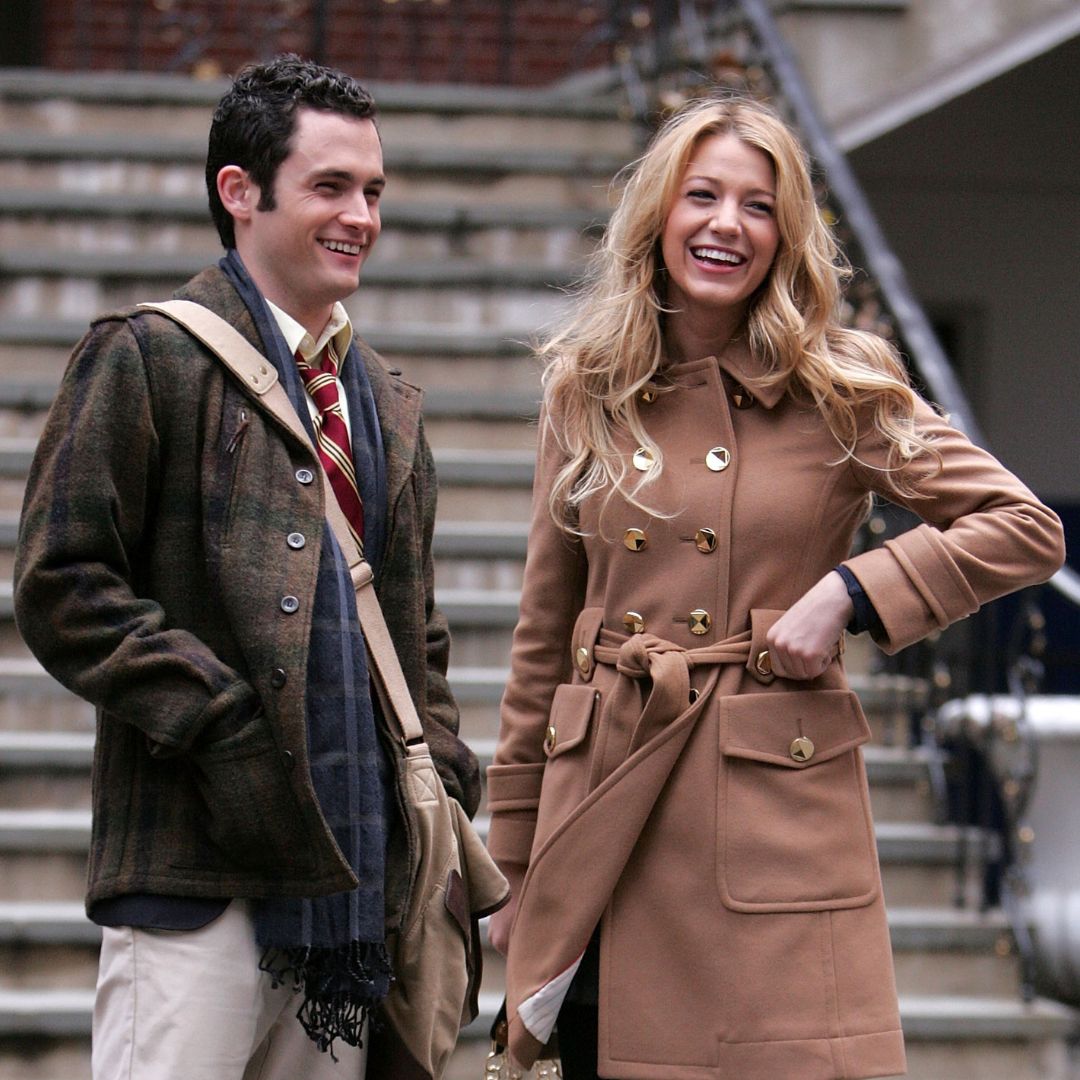 Penn Badgley and Blake Lively kept their breakup a secret from the Gossip Girl cast and crew - here's what we know about their former relationship
Penn Badgley and Blake Lively kept their breakup a secret from the Gossip Girl cast and crew - here's what we know about their former relationshipBy Jenny Proudfoot
-
 Spring has finally sprung - 6 best outdoor workouts that are totally free and boost both body and mind
Spring has finally sprung - 6 best outdoor workouts that are totally free and boost both body and mindSoak in the nature and boost Vitamin D *and* endorphins.
By Anna Bartter
-
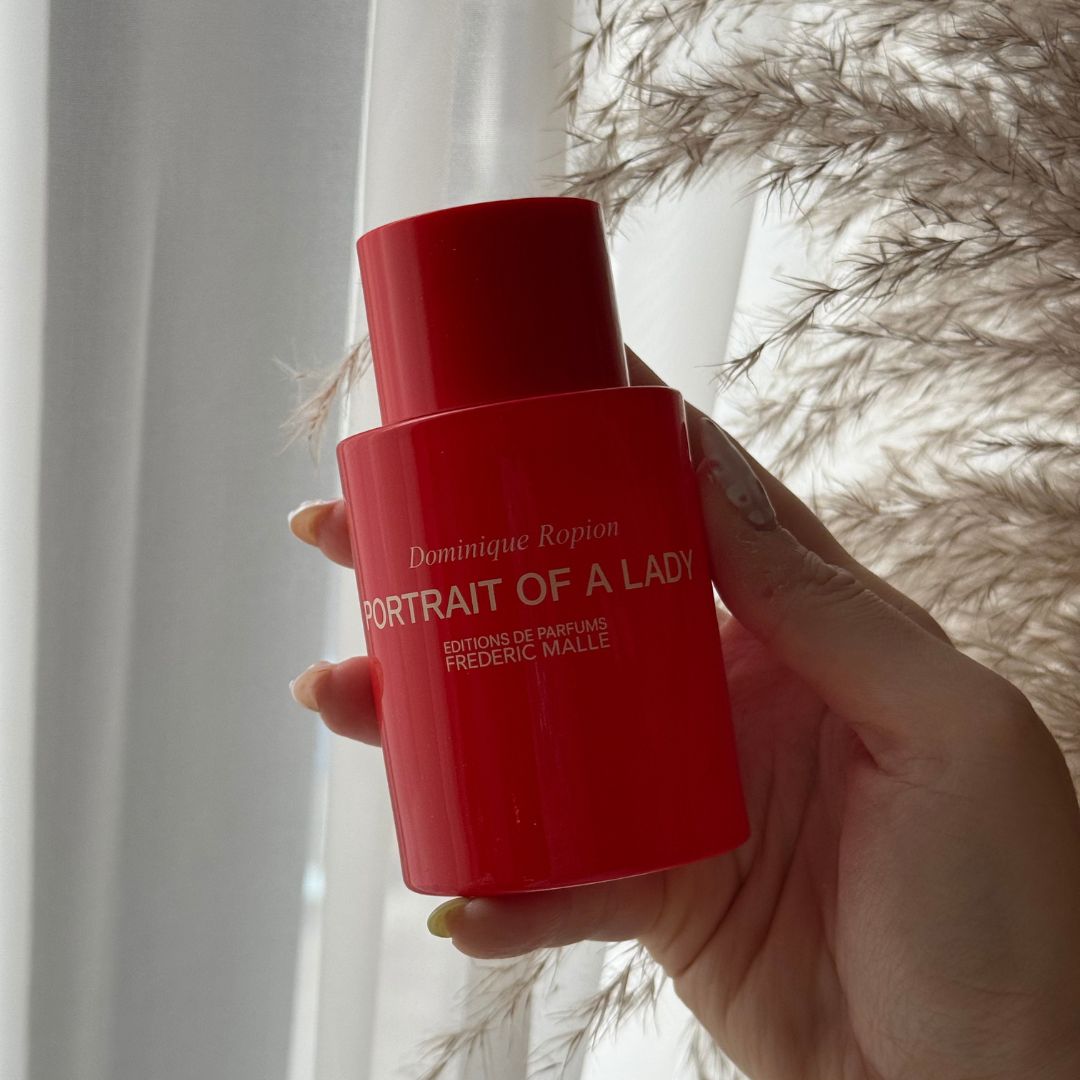 This iconic rose perfume is a compliment magnet—it makes me feel ‘put together’ after just one spritz
This iconic rose perfume is a compliment magnet—it makes me feel ‘put together’ after just one spritzGrown-up and elegant, yet not at all dated.
By Denise Primbet